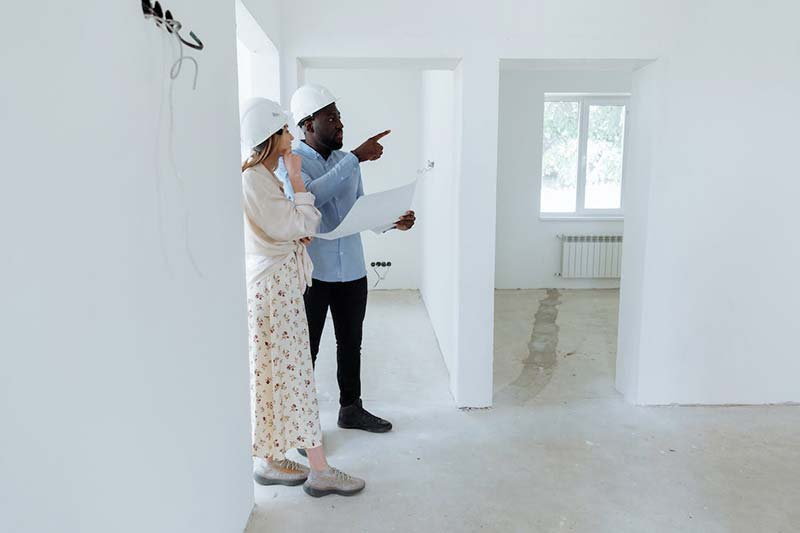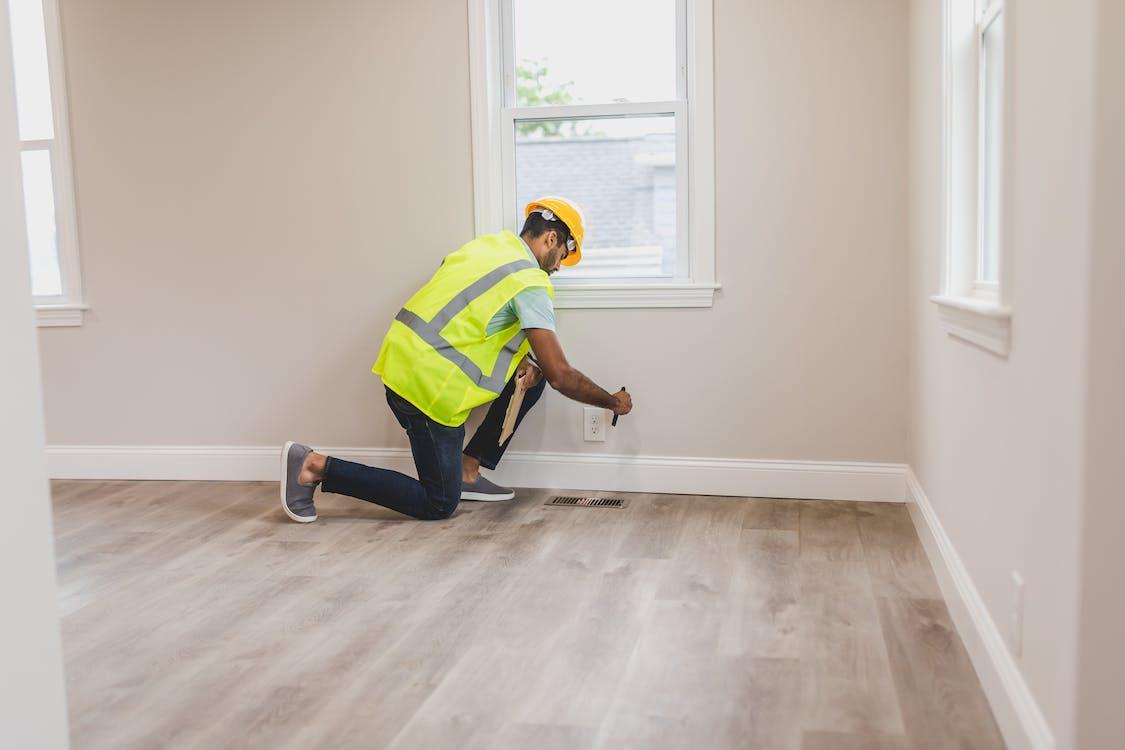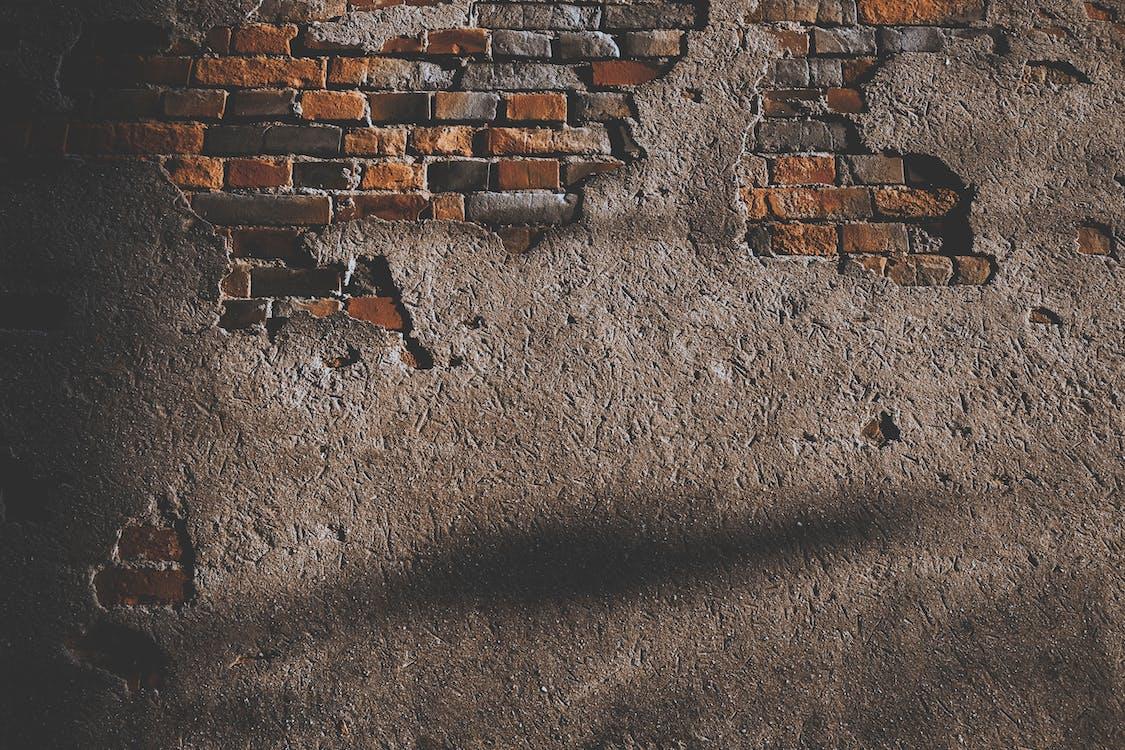By using our website, you agree to the use of cookies as described in our Cookie Policy
a
Rss Feed
The Homebuyer's Guide to Inspecting Structural Integrity Before a Move
 When it comes to finding your dream home, ensuring its foundation is rock-solid is paramount. Before you make that life-changing move, knowing that every beam, wall, and foundation is in top-notch condition is crucial. That's where inspecting structural integrity steps in, as reassurance that regular maintenance has prevented serious future issues.
When it comes to finding your dream home, ensuring its foundation is rock-solid is paramount. Before you make that life-changing move, knowing that every beam, wall, and foundation is in top-notch condition is crucial. That's where inspecting structural integrity steps in, as reassurance that regular maintenance has prevented serious future issues.
In this guide, we'll walk you through the entire process with a concise but thorough checklist. From assessing the foundation to scrutinizing the roof, we've got you covered. Let's embark on this journey together, ensuring your new abode is not only beautiful but built to last!
Understanding the Significance of Inspecting Structural Integrity
First things first, let’s briefly establish why assessing the structural integrity of a home is of utmost importance. It is, indeed, for many reasons that deserve your time.
For one, it forms the bedrock of a safe and secure living space. So, overlooking these critical elements could lead to a cascade of problems down the line. According to Eagle Moving Group's findings, structural integrity issues are among the most common post-purchase concerns in the US. They’re not the easiest issues to address, either, so we do believe caution is very much warranted.
What’s more, neglecting these inspections might result in costly repairs and even compromise your family's safety. A weakened foundation, for instance, can lead to structural failures and potential hazards. Cracks in walls or uneven floors might be signs of underlying issues that, if left unattended, can escalate into major problems.
By thoroughly inspecting structural integrity before moving in, you're not only safeguarding your investment but also ensuring peace of mind for years to come. It's a crucial step in homebuying that should never be underestimated.

Pre-Visit Preparations
Now, before getting started, it's vital to be well-prepared. Gathering the necessary tools and equipment, such as a flashlight, level, and a notepad, ensures you're ready for a thorough examination. If you're not entirely confident in your assessment abilities, consider making arrangements for a professional inspector. They possess the expertise to spot even subtle signs of structural issues.
This step can provide added assurance in the reliability of your future home. Remember, preparation is the key to a comprehensive inspection that sets the foundation for a secure and worry-free living space.
Exterior Inspection
With preparations in order, where does inspecting structural integrity begin? Well, let’s start from the outside and work our way in.
Firstly, scrutinize the foundation and footings. Look for any cracks, shifts, or unevenness, as these can signal underlying structural problems. Additionally, be on the lookout for signs of water damage, which can weaken the foundation over time.
Next, turn your attention to the walls and siding. Check for any bowing, cracks, or noticeable gaps. These could be indicators of structural stress. It's also crucial to inspect for signs of rot or pest damage, which can compromise the integrity of your home.
Moving upward, assess the roof and gutters. Ensure the roof is in good condition, without missing shingles or noticeable sagging. Additionally, inspect the gutters for any blockages or damage. Clogged drains can lead to water overflow, potentially causing water damage to the structure.
This exterior inspection lays the groundwork for a comprehensive understanding of the structural integrity of your potential new home. Remember, these visual cues are vital in identifying potential issues requiring further attention or professional assessment. They’ll also be very useful when the time comes for an exterior makeover, so try to be thorough.
Interior Inspection
Moving inside, we can continue inspecting structural integrity from within. Exterior inspections are indeed vital, but problems typically become more visible indoors.
Begin by scrutinizing the walls and ceilings. Look out for cracks, water stains, or any bulging areas. These can be indicators of underlying structural issues that may need attention. Additionally, check for signs of structural settling, which can affect the stability of the entire structure.
Next, focus on the floors. Identify any sagging or noticeable sloping. These irregularities can signal potential problems with the foundation or support structures. Don't forget to listen for creaking or bouncing, as these could indicate issues with the subflooring.
Moving on, pay close attention to the doors and windows. Ensure they open and close smoothly without any resistance. This can be a sign that the frames are aligned properly. Be sure to check for any signs of misalignment, which could indicate shifts in the structural framework.
By conducting this interior inspection, you're taking a critical step in evaluating the home's structural integrity. These observations provide valuable insights into any potential issues requiring further assessment or attention before moving.
Inspecting Structural Integrity in Critical Areas
Now, the above aside, there are some critical areas inside and outside that require more attention. If you’ve skipped any of the above for any reason, you won’t want to cut corners with the following ones.
Begin by checking for any signs of water intrusion and dampness. These issues can signal potential problems with the foundation or drainage systems. Look for any signs of damage, such as warping or cracks, as they play a vital role in the stability of the structure.

Moving upwards, focus on the attic. Evaluate the condition of rafters, ensuring they are free from any signs of wear or damage. Adequate insulation is crucial for maintaining the structure's integrity, so ensure it's in good condition. Keep an eye out for any signs of leaks, which can lead to structural weakening over time. Additionally, inspect for any signs of pest activity, as they can cause damage to the structural elements of the attic.
These critical areas often hold key indicators of the overall structural health of the home. By conducting a thorough assessment, you're taking a significant step in ensuring your potential new abode's long-term stability and safety. Remember, addressing any issues found during this inspection can save you from costly repairs in the future.
Plumbing and Electrical Considerations
And lastly, inspecting structural integrity can’t overlook the crucial aspects of plumbing and electrical systems. Needless to say, both are extremely important.
Begin with a thorough plumbing inspection. Check for any leaks, as they can cause water damage and weaken the structural integrity over time. Assess water pressure to ensure it's consistent throughout the home. Additionally, evaluate the drainage system for any signs of blockages or inefficiencies. Take a close look at the condition of pipes and fixtures, as any signs of wear or damage can indicate potential issues.
Moving on to the electrical system, it's vital to ensure that outlets, switches, and lights function properly. Malfunctions in these areas can not only be inconvenient but may also pose safety risks. Check for any signs of exposed wiring, which can lead to electrical hazards. Additionally, assess circuits to ensure they're not overloaded, which can lead to potential fire risks.

Conclusion
In conclusion, inspecting structural integrity before a move is paramount for a safe and secure home. Paying close attention to key areas like foundation, walls, plumbing, and electrical systems ensures a solid foundation for your family's future. Addressing any issues early can save you from costly repairs down the line.
Remember, a thorough inspection is the bedrock of a worry-free living space. So, before you step into your dream home, take the time to examine its structural integrity. It's a step that promises peace of mind for years to come.
Images:
‹ Back






.png)
